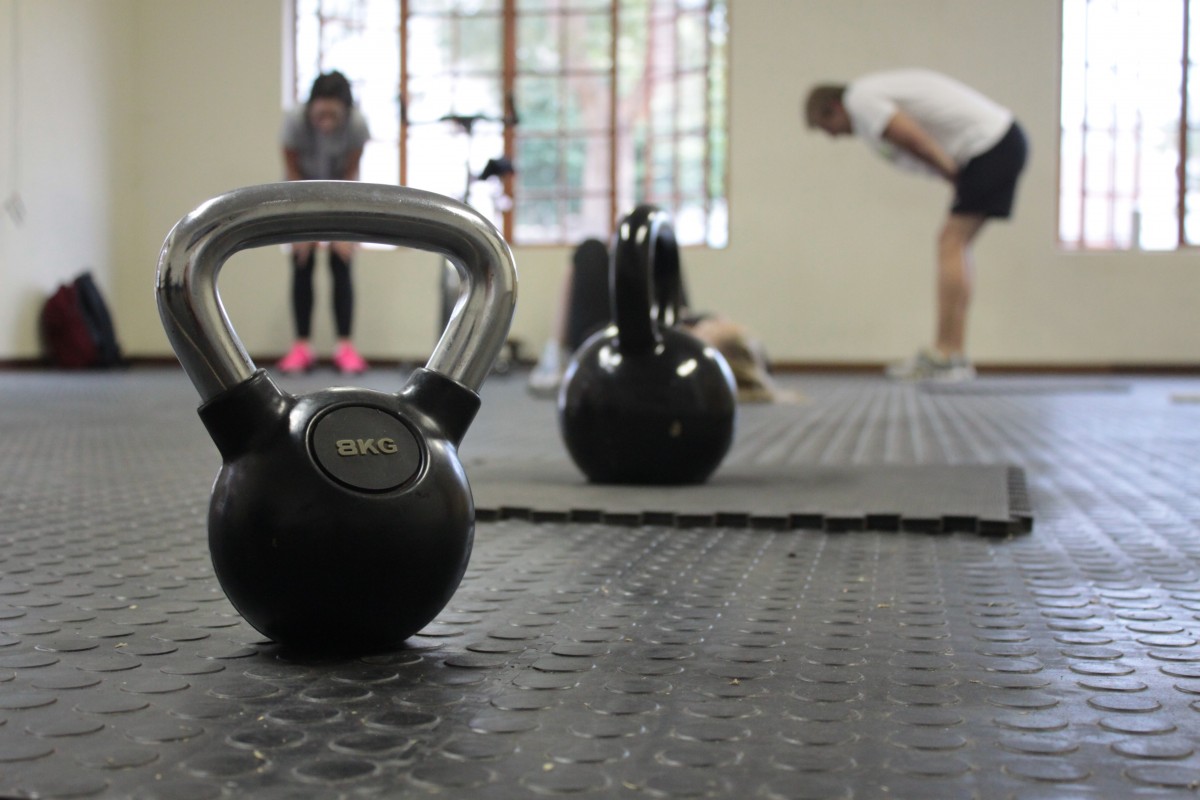Sep 21, 2018The Right Ratio
Understanding work-to-rest ratios can be key to designing an effective training regimen. There are many different ratios to choose from, and while they are each based on the same principle, some may be more effective than others, depending on the goal of the training.
Dr. Rick Kattouf, contributor to TrainingPeaks.com, provides a guide for understanding work-to-rest ratios and the type of impact they can have on an athlete’s training. This approach falls under the umbrella of Tabata workouts (named after Dr. Izumi Tabata) and is often referred to as HIIT (high intensity interval training). Some common examples include 20 seconds of work/10 seconds of rest, 30 seconds of work/30 seconds of rest, 40 seconds of work/20 seconds of rest, and so on.
The idea behind doing a quick burst of intense work followed by a short rest is to teach the body to utilize and clear lactate as quickly as possible. It all relates to an athlete’s lactate threshold, which is the point at which their muscles begin producing lactate as a byproduct of anaerobic respiration. According to Kattouf, when a person produces lactate at a faster rate than it can be utilized, they will no longer be able to train or perform. Their muscles’ ability to contract becomes significantly diminished, forcing them to slow down or stop altogether, until lactate can be cleared.
During the short period of rest, an athlete’s heart rate will drop, which clears the lactate and allows them to perform another round or repetition. If you incorporate this type of interval training, over time an athlete will become efficient at clearing lactate and will be able to train or compete at a faster pace for a longer period of time. Since these types of workouts can be very intense, Kattouf recommends doing them with only well-trained athletes with a solid foundation of fitness and strength.
Kattouf provides a sample workout to follow using the 40/20 work-to-rest ratio. The regimen involves only body-weight exercises and can be performed two to four times per week. The exercises are push-ups, sit-ups, squats, and jump rope. Kattouf recommends that athletes foam roll and stretch for 10-15 minutes before starting the workout.
Athletes begin with push-ups, performing as many as they can in 40 seconds, then resting for 20 seconds. Continue doing push-ups with the 40/20 ratio for three minutes. Then do the same with sit-ups, doing as many as they can in 40 seconds, followed by 20 seconds of rest. Do this for three minutes as well. Follow the same 40/20 ratio for three minutes with the body-weight squats, then finish up with jump rope. Over time, try to get your athletes to gradually build up seven minutes for each exercise, which would make the workout 28 minutes in total.
You can further push your athletes by doing some conditioning work after a 40/20 strength workout. Athletes will feel the fatigue, but that’s the point. According to Kattouf, the idea is to train their body to perform while fatigued. He adds that doing running or cycling work after strength work can help minimize muscular soreness, which is often a by-product of the 40/20 workout.



